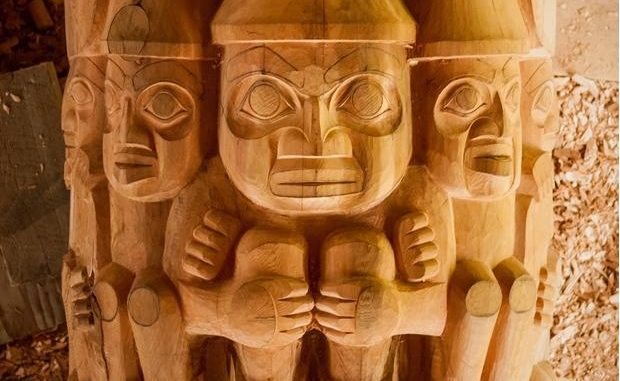
 An aerial assault is being planned to be put into practice this fall to complement the enduring efforts to get rid of essential bird-nesting islands of non-native rats in Gwaii Haanas National Park Reserve and Haida Heritage Site. The plan constitutes of a five-year and a $2.2-million program that aims to deploy a helicopter to disperse rat poison on the two sites in Juan Perez Sound, i.e. 400-hectare Murchison Island and 316-hectare Faraday Island. Several endangered species, including, ancient murrelets, have disappeared from their nesting sites over the years due to these rats.
An aerial assault is being planned to be put into practice this fall to complement the enduring efforts to get rid of essential bird-nesting islands of non-native rats in Gwaii Haanas National Park Reserve and Haida Heritage Site. The plan constitutes of a five-year and a $2.2-million program that aims to deploy a helicopter to disperse rat poison on the two sites in Juan Perez Sound, i.e. 400-hectare Murchison Island and 316-hectare Faraday Island. Several endangered species, including, ancient murrelets, have disappeared from their nesting sites over the years due to these rats.
In an interview conducted on Wednesday, Parks Canada project manager, Laurie Wein, mentioned that “that’s the problem, they’re so voracious.” She added that “they’ll eat the eggs, the young chicks. They can have a dramatic impact on ground-nesting seabirds,” explaining that “when the rats run out of birds, they turn to intertidal areas to forage on marine life. They’ll eat anything. They’re not picky.”
Laurie revealed that the first phase of the program was launched in 2011, when poison bait boxes were placed at two other islands, i.e. 95-hectare Bischof and 10-hectare Ari-chika. She alleged that the results of that program are under study and “we don’t declare success until we know we’ve had two years where we can’t detect rats … but so far things are looking good.” It was due to the size of Murchison and Faraday that officials chose to use helicopter-based application, which is “similar to agricultural seeding operations, a bucket suspended below a helicopter that dispenses pelleted bait.”

Be the first to comment